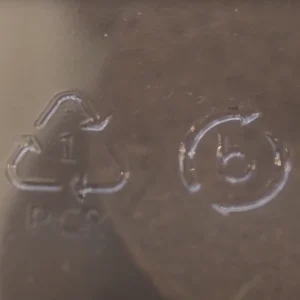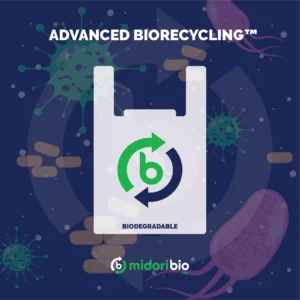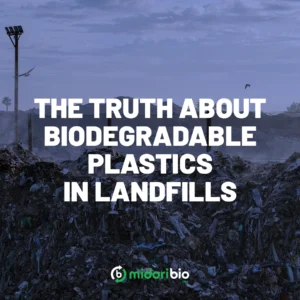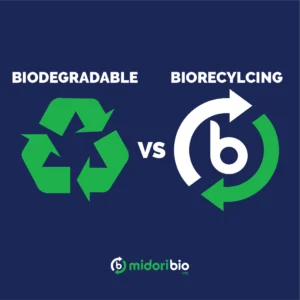Understanding the Difference
As sustainability becomes a priority, businesses and consumers face an important choice: biodegradable plastics or recyclable plastics? While both options aim to reduce plastic waste, they function in fundamentally different ways. Understanding these differences is crucial for making informed decisions about sustainable packaging and waste management.
What Are Biodegradable Plastics?
Biodegradable plastics are designed to break down naturally through the action of microbes and environmental conditions. These plastics decompose into natural elements such as water, carbon dioxide, and biomass, leaving minimal long-term waste.
Pros:
Reduce long-term plastic pollution
Can break down in specific environments, such as industrial composting facilities
Help lower dependence on fossil fuel-based plastics
Cons:
Require specific conditions to degrade effectively
Not all biodegradable plastics break down in landfills or oceans
Can contribute to greenwashing if not properly certified
What Are Recyclable Plastics?
Recyclable plastics can be reprocessed and reused to create new plastic products. This process reduces the need for virgin plastic production and keeps materials in a circular economy, preventing them from ending up in landfills or oceans.
Pros:
Reduces raw material consumption
Can be reused multiple times, minimizing waste
Supports a circular economy when properly managed
Cons:
Requires efficient waste sorting and recycling systems
Many plastics degrade in quality after multiple recycling cycles
Contamination in the recycling stream can render materials unrecyclable
The Best Solution: A Hybrid Approach
Neither option alone solves the plastic waste crisis. Instead, a hybrid approach combining biodegradable materials, Advanced BioRecycling™ additives, and advanced recycling technologies can create a more sustainable future.
How Advanced BioRecycling™ Bridges the Gap
Advanced BioRecycling™ technology enhances the natural breakdown of traditional plastics, making them more degradable in landfill and marine environments while still allowing for recycling during their lifecycle. This ensures that plastics don’t linger for centuries if they escape traditional waste management systems.
Final Thoughts
Both biodegradable and recyclable plastics play essential roles in waste reduction, but they each have limitations. By integrating Advanced BioRecycling™ technology, businesses can adopt a smarter, more sustainable approach to plastic use.






